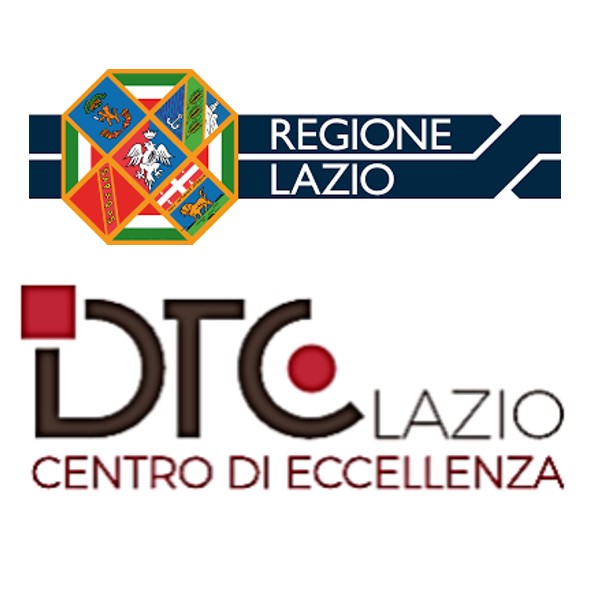Overview
Overview
The architectural heritage of many historic centers consists of highly seismically vulnerable masonry buildings, as shown by the dramatic consequences of recent earthquakes in central Italy. Interventions are necessary for the safeguarding of buildings and human lives, that ensure an effective seismic improvement while respecting the architectural value of the constructions. RIPARA project aims to develop an innovative technology for the seismic protection of historic buildings, using a strengthening system with micro-strands or thin bands of stainless steel. It will ensure the connection between masonry walls, preventing them from disintegrating, and will be embedded in the mortar joints and in the cross-section of the wall to minimize its visual impact and allow it to be applied to fair face masonry façades. The materials and technical solutions envisaged ensure durability and reversibility of the interventions. An integrated monitoring system with optical fibers will allow timely and targeted maintenance. The project includes experimental activities, field surveys with innovative detection technologies, system prototyping, and validation through seismic tests on the shake table. Computational tools will be developed for advanced structural modeling and expeditious approaches for the ranking/planning of interventions.
Consortium
- Roma Tre University, Department of Engineering (Coordinator of the project)
- Sapienza University of Rome
- University of Cassino and Southern Lazio
- ENEA
- Edil Cam Sistemi srl (industrial partner)
Main information
- Duration: 18 months, from January 2022 to June 2023
- Total cost: ca. 245,000 euros
- Grant: prot. n. 305-2020-35586 – 25/05/2020
- Funded by: Regione Lazio – Distretto Tecnologico Beni Culturali (DTC)

